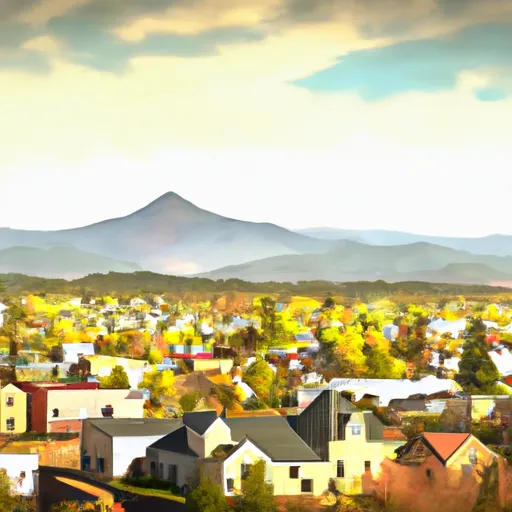°F
°F
mph
Windspeed
%
Humidity











Weston, Oregon is a charming small town located in Umatilla County in the northeastern part of the state. The climate in Weston is classified as semi-arid, with warm summers and cold winters. Summers are usually dry and hot, with temperatures reaching highs in the 90s°F (30s°C). Winters can be cold, with temperatures dropping below freezing and occasional snowfall.
Hydrologically, Weston is surrounded by the beautiful Blue Mountains and is close to the Umatilla River. The area is known for its pristine rivers, streams, and lakes, providing excellent opportunities for fishing, boating, and water sports. The Umatilla River offers a variety of fish species, including salmon and steelhead, attracting anglers from far and wide.
Outdoor enthusiasts can enjoy a range of activities in Weston and its surrounding areas. The Blue Mountains offer picturesque hiking trails, scenic drives, and camping opportunities. In the winter, nearby ski resorts provide opportunities for skiing, snowboarding, and snowmobiling. With its stunning natural surroundings and diverse outdoor recreation options, Weston is a fantastic destination for nature lovers and adventure seekers.
Weather Forecast
Weston receives approximately 797mm of rain per year, with humidity levels near 68% and air temperatures averaging around 9°C. Weston has a plant hardyness factor of 7, meaning plants and agriculture in this region tend to thrive during the non-winter months.
Regional Streamflow Levels
2,700
Cubic Feet Per Second
336
Cubic Feet Per Second
634
Cubic Feet Per Second
233
Cubic Feet Per Second
Nearby Camping
| Camping Area | Reservations | Toilets | Showers |
|---|---|---|---|
| Umatilla Forks | |||
| Target Meadows | |||
| Emigrant Springs State Park | |||
| Woodward |



